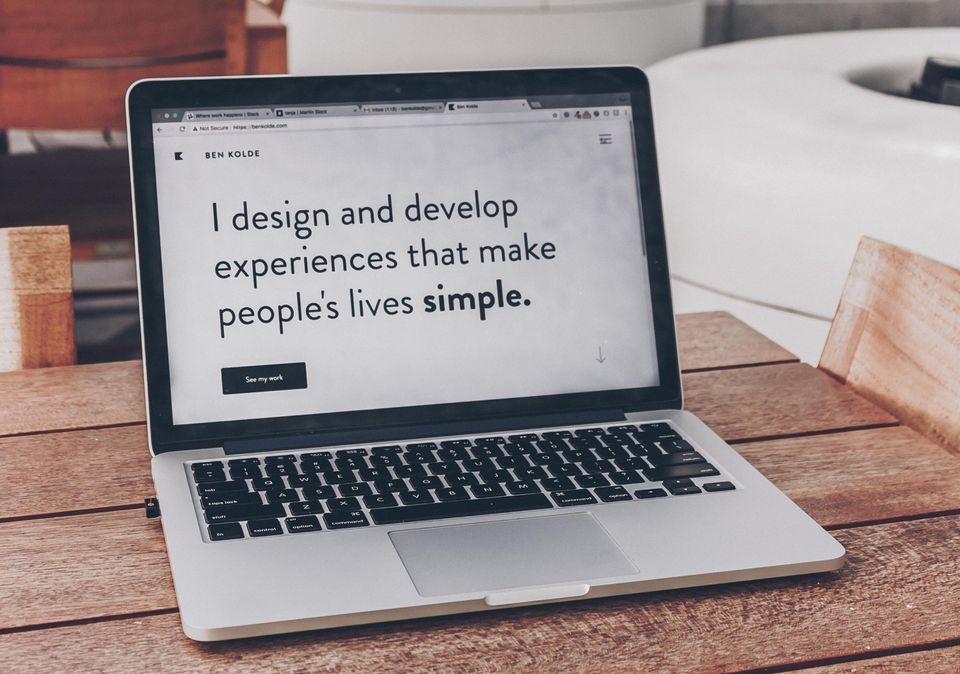Most marketing campaigns focus on generating new leads and sales revenue. However, the cost of acquiring new customers can be up to five times higher than keeping your current customers happy.
Like many entrepreneurs, web developers don’t often deal with sales figures and marketing. They prefer to focus on creating apps and websites for customers, leave the marketing to marketers. However, advances in technology, the rise of a gig economy and mobile computing, and open-source availability have made budding entrepreneurs out of many an IT pro. This moves some of the focus from the lab to the marketing sector, leading to an emerging need to incorporate promotional know-how and salesmanship into the mix.
There are more than half a billion people shopping online at any given time. That’s a lot of potential customers to reach. However, we’re here to make the case for why it’s beneficial – and cost-saving – to focus on upselling to existing customers rather than putting your efforts only into obtaining new leads.
Acquisition Versus Nurture
Most marketing plans center on getting new business. This is an important goal, especially for startups. But, not enough attention is given to upselling and customer retention.
The benefits of nurturing your client base should be obvious. After all, they’re already familiar with your products and corporate culture. Selling them new or supplementary products and services should be easy. However, the retention rate for the average business is only about 37 percent. That means almost two-thirds of customers are walking away.
The nature of selling web development and related services is such that hanging on to repeat business is easier. Your product doesn’t have a limited lifespan or applications, so there will always be upgrades, add-ons, and new platforms to explore and use.
The fact is, 65 percent of your revenue comes from your established customer base. Up to 80 percent of your future revenues will come from 20 percent of your existing clients. You also have a 70 percent probability of selling to an existing customer, compared to about 20 – 30 percent for a new acquisition.
When it comes to investment, the average business spends 16 times the money to bring a new customer up to the same level as an existing one.
Here’s how to find your customer retention rate:
Customer Retention Rate =
((# Customers at End of Period – # Customers Acquired During Period)) / # Customers at the Start of Period)) X 100
A retention rate increase of only five percent could increase your revenues between 25 and 95 percent.
So, how do you go about upselling your web development services? Read on to find out.
The Art of Upselling to Existing Customers
Marketing to existing clients involves some of the same methods as lead generation. You segment your clients into groups based on specific marketing goals, paying special attention to the VIPs.
Identifying the customers in your VIP category is pretty easy if you pay close attention to your metrics. Obviously, they’re the customers who spend the most. But, they can also be customers who bring in a lot of referrals and those that share on social media or offer high levels of influencer cred.
Once you segment your audience between hot, cold, and lukewarm leads, create a strategic marketing campaign that’s designed to best meet the needs of each group. A targeted approach is much more productive than a one-size, generic campaign.
The next step is to determine what keeps your most loyal contacts coming back to your business. Then, find ways to apply these incentives to other, less active subgroups.
Here is a great breakdown by Groove HQ
You can further encourage loyalty and higher sales by offering perks to valued customers, like loyalty and referrals programs, discounts, and other incentives. Anything you do that goes above and beyond to provide added value sets the foundation for increased sales.
The key to upselling is to increase your average transaction value, which is the amount customers spend during each sale. You’re not selling merchandise that people need to replenish or replace, like health and beauty products or clothing. You’re selling technology and expertise. That may take a little more finesse and creativity.
Upselling, down selling, and cross-selling increases cart value, improves conversion rates and adds revenue. It also provides an overall more satisfactory customer experience, which Google rewards with a higher ranking in the SERPs.
Just to avoid confusion, upselling is the art of convincing a customer to buy a more expensive version of your product or stepping up to a premium service. You can achieve this by highlighting the difference in value with advanced features or additional resources they can access with a more expensive package. For example, you could provide a cost/benefit analysis between limited and full functionality.
This can also be accomplished effectively with after-the-sale tactics that don’t rely on digital marketing. One such example is follow up texting to boost conversions and increase awareness of related products and services after the sale. A growing amount of evidence shows 99% of texts are opened (in 5 seconds on average). Studies also show that texts lead to over 200% more responses and almost 300% higher “yes” responses than phone calls. Texts can also increase verification rates (for purchases and new users) as much as 95%, compared to emails.
Cross-selling is the art of suggesting complementary products or services that will enhance their enjoyment or use of their primary purchase. For example, you could offer advanced customer support, free shipping, or an upgrade with an additional purchase or minimum dollar amount.
When you down-sell a product or service, you’re convincing a customer to buy a less expensive but comparable product in order to save a sale. This is a strategy that’s good when you have a range of customers with different budgets. It doesn’t add cart value, but it may reduce cart abandonment rates.
Each of these techniques will lead to more sales and happier customers. Up/cross/down selling requires you to engage customers on a more personal level, anticipating their wants and needs. Customers feel catered to when you add a personal touch, and they’re inspired to buy more. Pro tip – check out Freshbook’s markup calculator to help run the numbers.
But, you have to do it right. There’s a fine line between upselling and putting pressure on customers to buy something else. Highlight benefits rather than features by demonstrating how that upgrade or additional purchase will add value for the customer. Your enhanced sales techniques can be applied in several areas of your sales platforms along the buyer’s journey.
Email Marketing
This platform is the number one way that marketers perform customer outreach, and it’s great for aftercare. You can deploy an email to follow up a sale, preview a new product, when you’re launching a seasonal event, or to send discount offers. Make sure to personalize the email by mentioning the previous purchase(s) and outlining how your supplementary offer will enhance their enjoyment of the product or service.
Your email efforts should be segmented in much the same way you would refine your contact list during initial outreach by reaching out to those customers most likely to respond. This can also be used to reach mobile customers through text alerts to promote or your range of products special offers and service upgrades. It’s a great opportunity to promote referral and loyalty programs as well.
Homepage
Your homepage is the digital equivalent of a shop window, and it’s usually the first-page customers land on when they access your website. They are looking for direction here, and you can provide it by directing them to special offers and promotional items.
Use this page to provide an overview of product lines, highlight featured items, show the range of services you offer, and list any current deals. Make sure to keep it simple and uncluttered and offer your visitors have an objective that’s actionable, providing a clear link to the appropriate page.
Product or Service Pages
By the time a customer reaches your product or service page, they have already demonstrated an interest in what you have to offer. Use this opportunity to provide a detailed description of your product or service and recommend related items that will add value. You could also offer discounts for additional purchases, such as getting a mobile app with website design or a money-saving service plan. Another example of upselling from this page is a clickable mini gallery at the bottom of the product page with a heading of “Also purchased with this product” and examples.
Upselling at Checkout
Offering package deals or upgrades at check provides a chance to add cart value and sell additional products or services. The pitch can be as simple as offering an instant discount for adding a related item. One-time offers are also a way to create a sense of urgency and boost sales. These are all last-minute upselling or cross-selling techniques that appear at the point of the final sale.
Final Thoughts
Business growth is an important goal. However, there’s more than one way to generate revenue. You can also raise your price, which is rarely winner or upsell them products and services that will help them on their buyer’s journey. The effort you put into upselling and nurturing your loyal customers offers a high return on your investment in time and money. Our suggestions, coupled with your passion for your work, will go a long way toward keeping your existing customers coming back for more.



